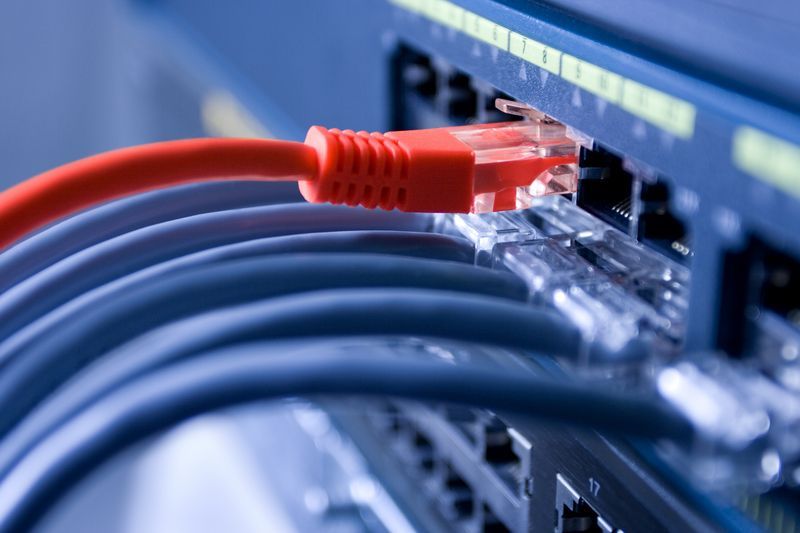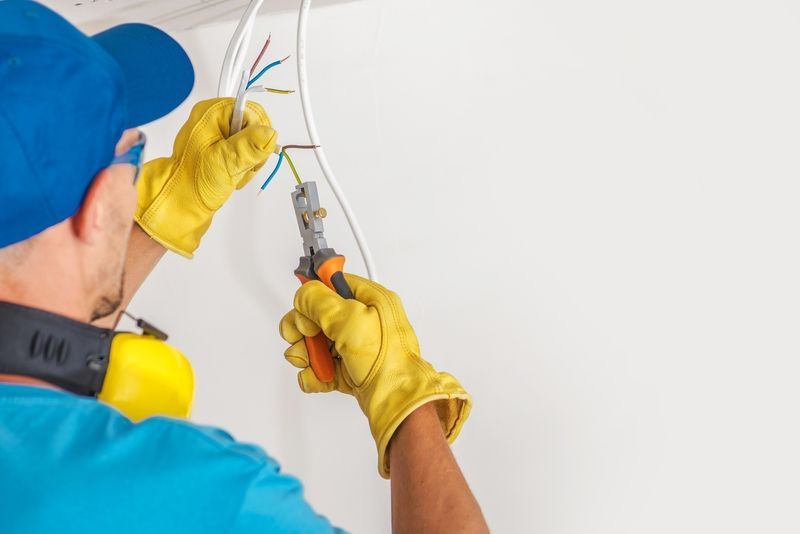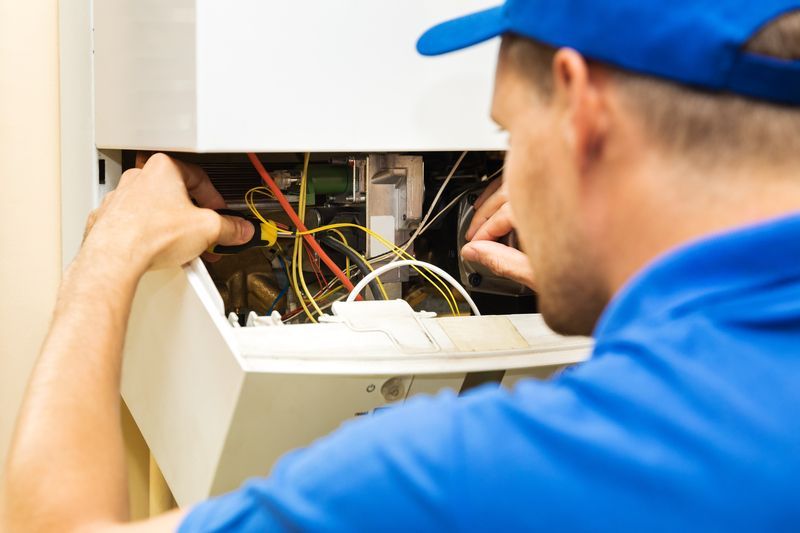In an era where the speed of data transmission and the ability to handle multiple high-demand applications simultaneously has become crucial, businesses are increasingly recognizing the need to upgrade their network infrastructure. High-speed networks are now essential to support the modern business ecosystem that includes cloud computing, high-definition video conferencing, real-time data analytics, and more. Upgrading the cabling infrastructure not only supports these evolving business needs but also enhances productivity and reduces latency, ensuring that businesses remain competitive in a digitally-driven marketplace.
The Rise of High Bandwidth Requirements
Businesses today are experiencing unprecedented growth in data usage due to the adoption of cloud-based applications, increased numbers of connected devices per user, and the surge in streaming of high-definition content. This escalation is pushing the limits of older network infrastructures that were not initially designed to handle such loads. Bandwidth-intensive applications like video conferencing, large-scale file transfers, and 24/7 real-time data exchanges require robust network capabilities that only high-speed and high-capacity networks can provide.
Importance of Network Infrastructure Upgrades
Network infrastructure serves as the backbone of business operations. An outdated network can lead to bottlenecks, slowdowns, and interruptions, directly impacting operational efficiency and productivity. Upgrading network infrastructure is not merely about staying current with technological advances; it is a strategic investment that affects several core aspects of business operations.
Enhanced Productivity and Efficiency
With high-speed networks, businesses enjoy faster data transfers, improved response times, and uninterrupted service delivery, all of which contribute to a more productive and efficient work environment. Employees can access and share large files quickly, use cloud applications without delays, and connect seamlessly with colleagues and customers worldwide.
Reduction in Latency
Latency refers to the time it takes for data to travel across the network. High latency makes applications sluggish, which can frustrate users and slow down work processes. Upgrading to advanced networking technologies like fiber optic cables can dramatically reduce latency. This is particularly important for businesses that rely on real-time data for decision-making or offer time-sensitive online services.
Choosing the Right Cabling Infrastructure
The choice of cabling is a critical decision when upgrading network infrastructures. The two most common types of network cables are copper and fiber optic. Each offers different benefits and capabilities.
Copper Cables
Copper cables, such as Category 6 (Cat6) and Category 6a (Cat6a), are commonly used for network cabling and can support speeds up to 10 Gbps. They are suitable for medium-scale businesses that require high speeds over relatively short distances. Copper is also less expensive than fiber optics, making it a cost-effective option for many small to medium-sized enterprises.
Fiber Optic Cables
For larger businesses or those with extensive bandwidth needs, fiber optic cables are preferable. Fiber optics offer significantly higher speeds and can transmit data over much longer distances without losing signal strength. They are also immune to electromagnetic interference, which can affect copper cables. Though more expensive initially, the scalability and future-proofing benefits of fiber make it a worthwhile investment for businesses anticipating growth or increasing network demands.
Implementation Considerations
When planning a network upgrade, it is crucial to consider both current and future needs to ensure the new infrastructure can scale as the business grows. Consulting with IT professionals and conducting a thorough needs analysis can help in mapping out a strategy that aligns with business goals and budget constraints. Moreover, businesses should plan for minimal disruption during the upgrade process to avoid significant downtime.
Monitoring and Maintenance
Post-upgrade, ongoing monitoring and maintenance are vital to ensure the network operates at peak efficiency. Regular updates, security patches, and performance checks should be part of the network management routine. Investing in network monitoring tools can provide real-time insights into network performance, helping to quickly identify and rectify issues before they impact business operations.
Businesses today cannot afford to overlook the importance of a robust network infrastructure. High-speed network upgrades are essential investments that play a crucial role in supporting modern business operations, enhancing productivity, and ensuring smooth and efficient data handling capabilities. By carefully planning and executing these upgrades, businesses can ensure they remain agile, competitive, and ready to meet the challenges of a digital-first world.
Ready to unleash the full potential of your business with a high-speed network upgrade? Data Cabling Service is here to guide you through every step, from choosing the right infrastructure to professional installation and maintenance. Don't let outdated technology hold you back. Contact us today to learn more and take the first step towards enhanced connectivity, security, and efficiency.










